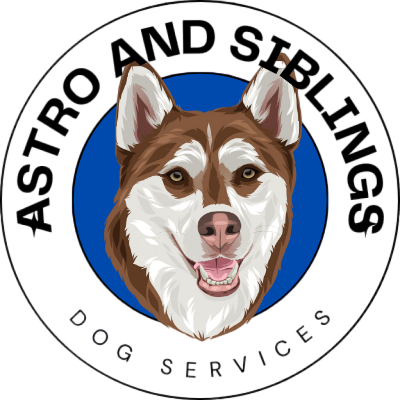The Dangers of Prong Collars for Dogs
The Dangers of Prong Collars for Dogs
While prong collars are often used to control dogs, especially those that exhibit strong pulling behaviors, many experts and dog owners express concerns about their safety and efficacy. Also known as pinch collars, these devices consist of a chain with blunted open ends turned towards the dog’s neck. When the leash is pulled, the collar tightens and the prongs press into the dog’s neck. Here, we explore the potential dangers associated with using prong collars for dogs.
Possible Risks and Injuries:
- Tracheal Damage: One of the most serious risks associated with the use of prong collars is the potential for tracheal damage. The pressure from the prongs can harm the soft tissues of the throat, leading to tracheal collapse in severe cases, particularly in smaller or more fragile breeds.
- Skin Lacerations: The prongs on the collar can cause punctures, abrasions, or lacerations to the dog's skin, which might not only be painful but can also become infected if not treated properly.
- Neck Injuries: The abrupt force exerted by a prong collar can cause serious neck injuries including nerve damage, bruising, or even spinal injuries in some circumstances.
- Psychological Impact: Prong collars can incite fear, anxiety, and distrust in dogs towards both the training process and the handler, impacting their overall wellbeing and behavior adversely.
Behavioural Issues:
- Increased Aggression: Some dogs might react to the pain from a prong collar by increasing their aggression levels. This reaction can be directed towards other dogs or humans, including even the handler.
- Suppression, Not Training: Prong collars might suppress unwanted behaviors without addressing the underlying cause of the behavior. This can lead to a breakdown in communication between the dog and handler, significantly impacting training effectiveness.
- Dependency: Over-reliance on prong collars can make the transition to other types of collars difficult, as the dog may not have learned self-control or proper behavior without the deterrent of pain.
Alternatives to Consider:
- Positive Reinforcement Training: Training methods that use praise, treats, and love as rewards for good behavior are considered more humane and effective and help strengthen the bond between the dog and the owner.
- Head Collars or Harnesses: These alternatives are designed to give the handler control over the dog’s movement without inflicting pain or discomfort. Head collars control the head much like how a halter works on a horse, while harnesses distribute pressure more evenly around the body.
In conclusion, while prong collars may appear to be an effective training tool, the potential risks and negative outcomes they carry for the dog’s physical and mental health are considerable. Responsible pet ownership and dog training should prioritize the welfare and trust of the animal, utilizing methods and tools that are both effective and humane. Considering alternatives such as positive reinforcement training or other types of collars can lead to not only a well-behaved dog but also one that is happier and more secure in its relationship with its handlers.
Ensuring the safety and health of dogs in training scenarios is crucial. Thus, dog owners and trainers are encouraged to seek guidance from professional trainers and veterinarians when choosing training tools and methods, ensuring they are appropriate and gentle for their dogs. By fostering an environment of care and understanding, the bond between humans and their canine companions can only strengthen.
